FORT BENNING, Ga. - When crisis strikes, Fort Benning's Emergency Operations Center stands ready to respond.
The post's Department of Plans, Training, Mobilization and Security drew in elements from across post to stage a force protection exercise Wednesday morning.
In the scenario, a fuel tanker carrying 3,000 gallons of jet fuel explodes at a fueling station just after 9 a.m., less than half a mile from a child care center. Witnesses report casualties. Fire and emergency workers rush to the scene to contain the fire before it can ignite the station, which contains more than 480,000 gallons of the kerosene-based fuel.
Five are declared dead, the rest are triaged until they can be transported to a hospital.
Questions begin to emerge. Was it a terrorist attack or an accident'
"We don't know if it's a terrorism or emergency management incident, we are assuming the worst case - that somebody caused that truck to explode," said Robert Brown, the senior leader inside the EOC's Crisis Action Center. Brown, Fort Benning's DPTMS chief, maintains constant communication with leadership during an emergency and represents the garrison commander and commanding general. If a hard decision must be made and the garrison commander or commanding general is not reachable, Brown must make it.
Wednesday's scenario was initially scheduled to take place at the post's jet fuel station on Indianhead Road near the airfield, with first responders putting out a fire, treating "casualties," evacuating the area and reporting information back to the EOC-based Crisis Action Team. The simulation was curtailed to the EOC building due to stormy weather, with first responders and the incident commander reporting from inside Harmony Church's firehouse to add a touch of realism to how communication would flow between the two elements in an actual emergency.
The Crisis Action Team is led by the installation's emergency manager, Terry Wydra, and antiterrorism manager, Tim Price, and includes representatives from units and departments across post. Following the report of an incident, members report to the EOC and establish contact with elements to gather information, secure areas, bring in experts and evaluate the situation as it unfolds.
The team is considered the "heart of command and control for antiterrorism, force protection and emergency management incidents" on the installation, Brown said.
As information was gathered by first responders, the team compiled maps and evacuation routes, dispatched environmental experts, called in law enforcement, locked down areas of the post, closed three access control points and put out media advisories to inform the public.
The post's antiterrorism officer said exercises like this one bring together operational, intelligence and law enforcement personnel as well other assets on post and in the local community to keep Fort Benning safe.
"International and domestic terrorists continue to plan attacks against America. A major coup for them would be an attack on one of the symbols of the strengths of our nation - the U.S. Armed Forces," Price said. "The Protection Program is designed to detect, deter, defend and, if need be, to respond to such an attack."
Fort Benning's Emergency Management and Antiterrorism programs currently fall under Force Protection, which is slowly transitioning to the Protection Program. The Protection Program is an "all hazards approach" to protecting the installation through merging the programs.
The force protection exercise wrapped five hours later after investigators determined the explosion was an accident cause by a fuel truck malfunction and not an act of terrorism.
The exercise validated plans and policies, Price said, and gave new members of the Crisis Action Team an opportunity to learn and ask questions in a non-threatening environment.
Ultimately, Price said, the exercise identified how to ensure the most optimum response in a crisis.



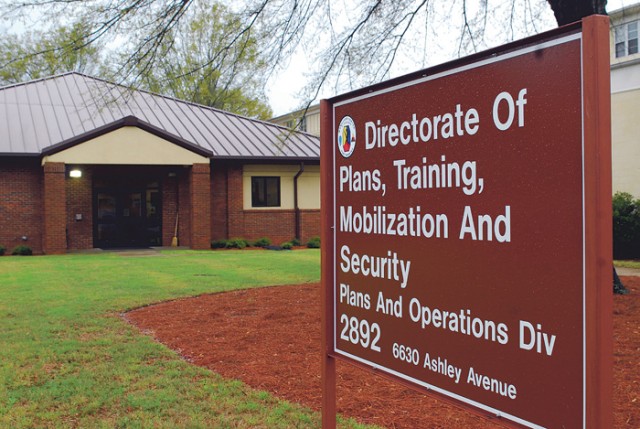
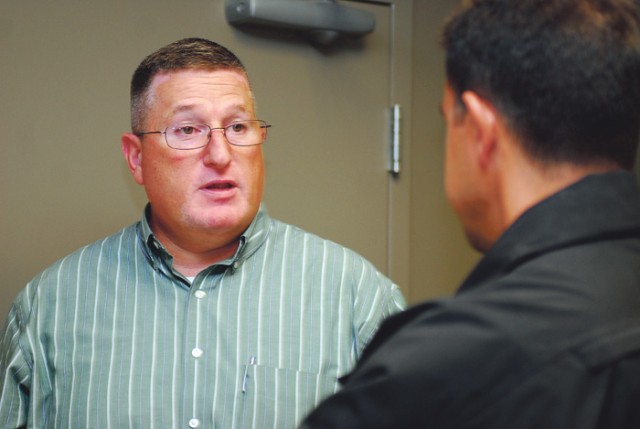
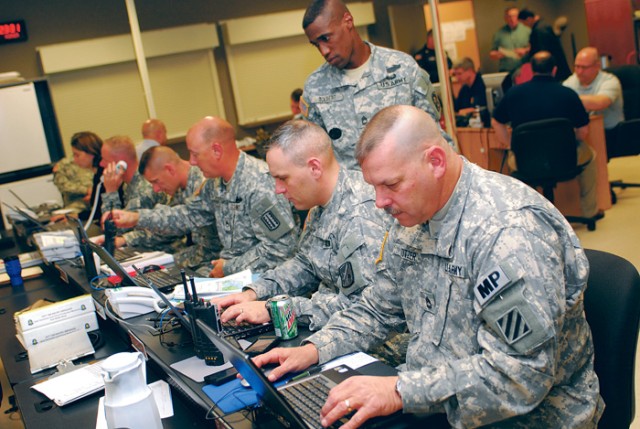
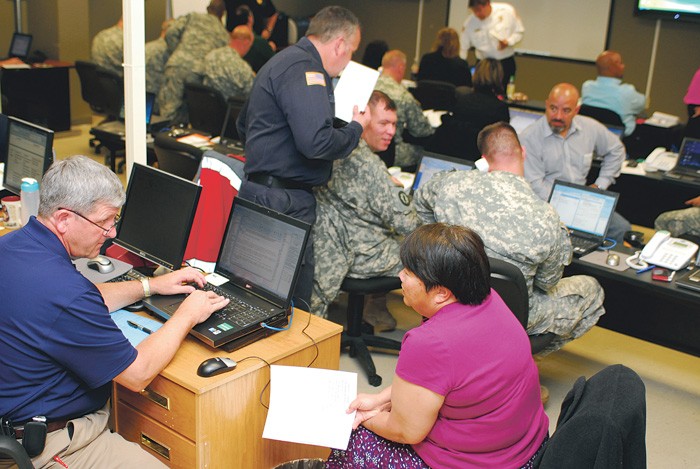

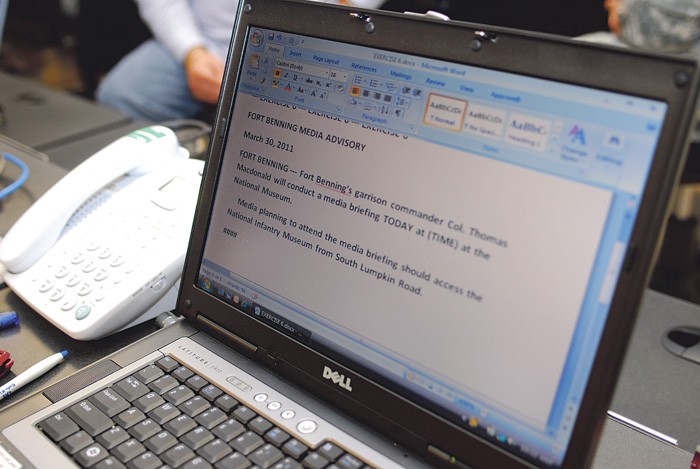

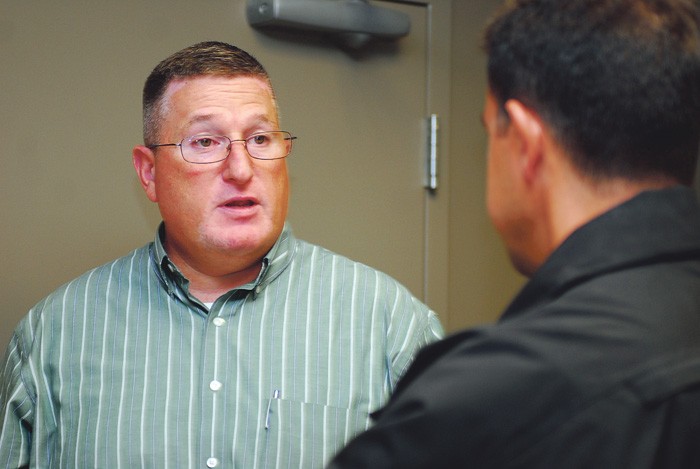

Social Sharing